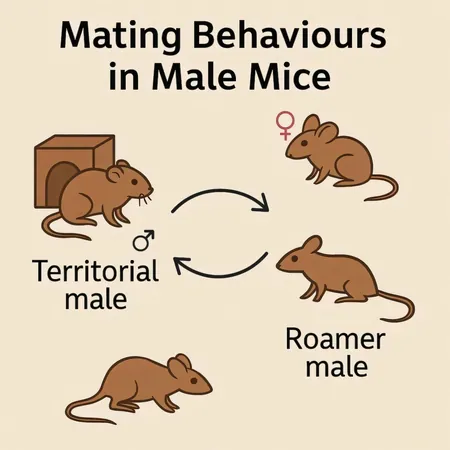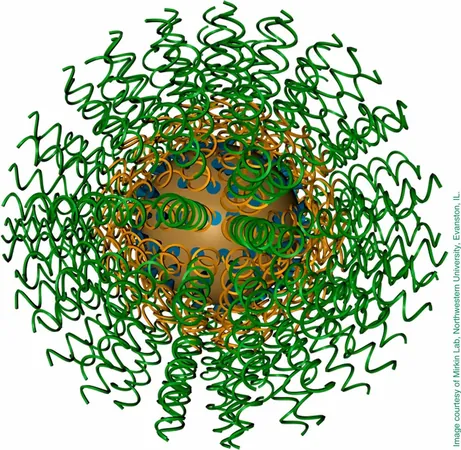
High School Prodigy Unveils 1.5 Million New Cosmic Mysteries Using AI
2025-04-14
Author: Wei
From Data Overload to Discovery
In an astounding leap for astronomy, a high school student has harnessed artificial intelligence to uncover a staggering 1.5 million unknown celestial objects from NASA's NEOWISE dataset, previously deemed too immense for traditional analysis.
Meet VARnet: The Game-Changing AI Model
Enter VARnet, the innovative AI model crafted by this young genius, which employs cutting-edge techniques—including wavelet decomposition to tackle noise and a groundbreaking Fourier transform method for key feature extraction. With deep learning capabilities, VARnet processes light curves at lightning speed, achieving results in mere milliseconds.
Astounding Discoveries Await!
Paz meticulously analyzed the 1.9 million flagged sources, revealing that approximately 1.5 million had never been cataloged before. These intriguing new findings could represent everything from potential supernovae to long-cycle pulsating stars. Initial classifications suggest at least four categories of these cosmic anomalies, with the possibility of up to ten distinct types pending further research.
Turning Old Data Into New Possibilities
This groundbreaking research has led to the creation of the VarWISE catalog, transforming NASA's historical data into a treasure chest for astronomers worldwide. This catalog is set to become a vital resource for studies on stellar evolution, black hole accretion, and other dynamic celestial events.
A Remarkable Achievement for a Young Scholar
Paz's rigorous approach led to a prestigious publication in The Astronomical Journal, a feat that underscores his commitment to scientific excellence—especially given that he is still in high school. Securing first place in the 2025 Regeneron Science Talent Search only added to his acclaim, shining a spotlight on his remarkable achievement and the invaluable support from Caltech's mentorship programs.
A Collaborative Future Awaits
In a bid to foster further exploration, Paz plans to publicly release the full VarWISE catalog with updated classifications and cross-matches. His goal is to ignite follow-up campaigns that can verify the unique properties of these newly identified astrophysical candidates, particularly those with intriguing infrared variability. This endeavor exemplifies how tailored AI solutions can usher in a new era of astronomical discoveries and collaborations.





 Brasil (PT)
Brasil (PT)
 Canada (EN)
Canada (EN)
 Chile (ES)
Chile (ES)
 Česko (CS)
Česko (CS)
 대한민국 (KO)
대한민국 (KO)
 España (ES)
España (ES)
 France (FR)
France (FR)
 Hong Kong (EN)
Hong Kong (EN)
 Italia (IT)
Italia (IT)
 日本 (JA)
日本 (JA)
 Magyarország (HU)
Magyarország (HU)
 Norge (NO)
Norge (NO)
 Polska (PL)
Polska (PL)
 Schweiz (DE)
Schweiz (DE)
 Singapore (EN)
Singapore (EN)
 Sverige (SV)
Sverige (SV)
 Suomi (FI)
Suomi (FI)
 Türkiye (TR)
Türkiye (TR)
 الإمارات العربية المتحدة (AR)
الإمارات العربية المتحدة (AR)